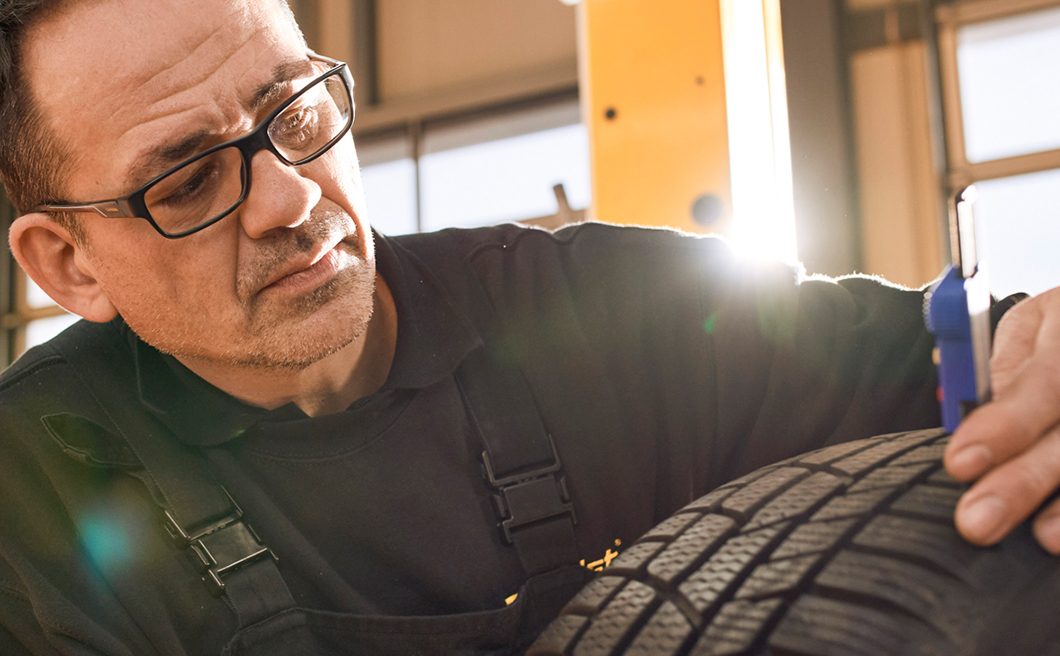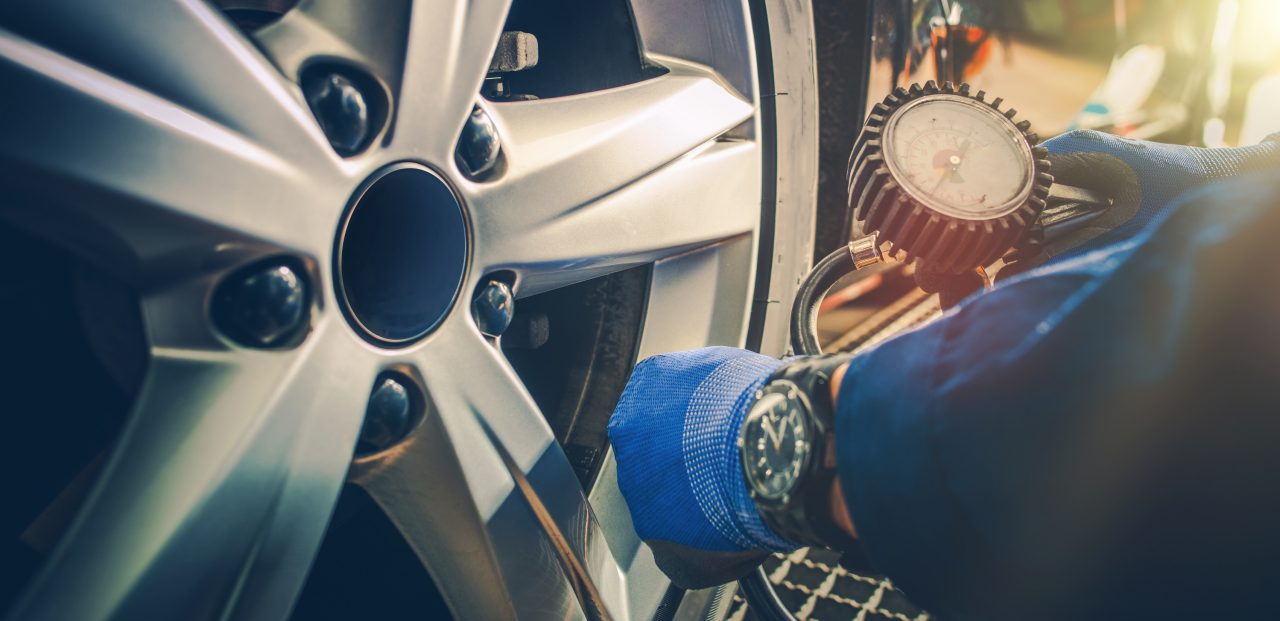
# Tire Care and Maintenance
Retorquing wheels
Checking for loose lug nuts
Whenever you have new wheels and tires fitted to your car – for example, you’ve done the sensible thing and switched between summer and winter tires – it’s essential to have the lug nuts retorqued after the first 50 kilometers.
Why should a responsible driver do this? The point is road safety. Lug nuts keep a wheel securely attached to the hub, which makes them a vital component of the vehicle. But lug nuts can’t perform as designed without having the correct amount of torque applied.
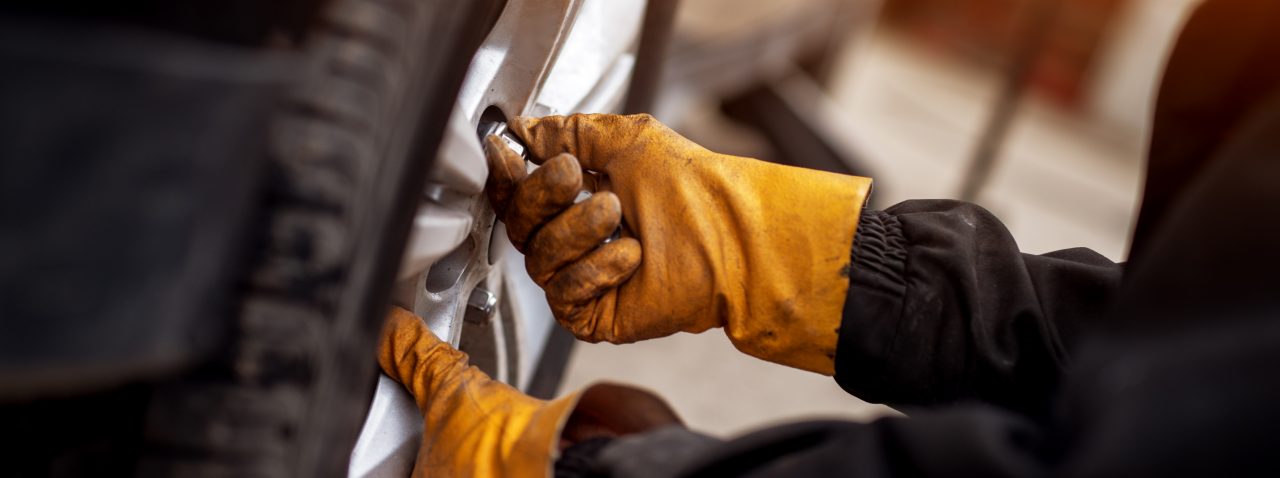
Checking for loose lug nuts
Torque is the unit of measurement for the twisting force that’s applied to a lug nut. Mechanics will ensure that each lug nut has been torqued to the vehicle manufacturer’s specifications when first fitting a wheel. But a second follow-up check is also necessary.
This is because, after a reasonable amount of time, the lug nuts will undergo the typical stresses and forces of a car in daily use.
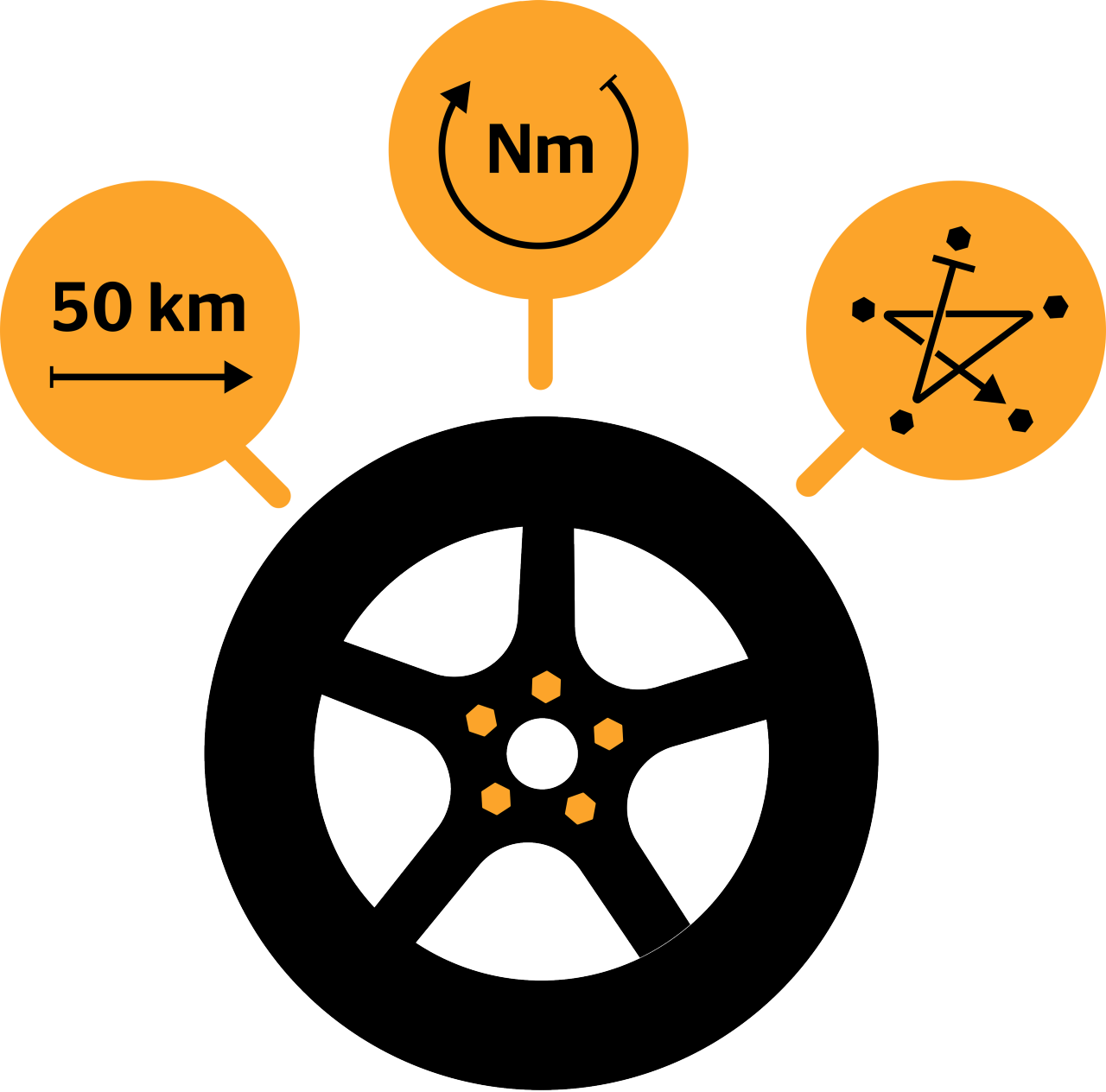
These stresses include supporting the weight of the vehicle, the rotational effects of driving, cycles of warming and cooling, and nudges from bumps in the road. Such stresses can cause a slight shift in the seating of the lug nuts, which may result in tightening or loosening.
The presence of dirt, sand, rust, or grit between surfaces such as the threads of the nut or between a nut and the wheel can also create “false torques” during the initial fitting, where the force applied overcomes the friction but doesn’t translate into clamping force.
For these reasons, many car garages and tire dealers will invite drivers to come back the next working day to have their wheels retorqued. It’s a quick procedure, usually offered free of charge, which involves inspecting each lug nut on the wheel to check if they are too tight or too loose.
If the lug nuts are too tight, they can cause severe problems such as stripping the fastener threads or stretching the wheel studs. They could also warp the brake drums, rotors, or hubs. With loose nuts, meanwhile, there’s a small risk that the wheel could come off while you’re on the road. The chances of this ever happening are very low – but if it did happen, your safety and that of other road users would be at risk.
When should lug nuts be retorqued?
When new or replacement wheels are first mounted, the person responsible must torque the lug nuts according to the vehicle manufacturer’s recommendations. These details are included in the owner’s handbook and vehicle documentation.
After approximately 50 kilometers have been driven on the new tires, the lug nuts must be checked out and, if necessary, retorqued to the same values as before.
Not every car will have the same torque requirements, however. Different makes of vehicle will require different amounts of torque to tighten their lug nuts properly and avoid causing any damage.
The correct order for lug nut torquing
To loosen or tighten lug nuts correctly requires a special tool called a torque wrench.
The mechanic will initially set the torque wrench to half of the required torque and tighten each lug nut according to this setting. Then the setting on the wrench is adjusted to tighten all the lug nuts to the correct torque.
The lug nuts on a wheel are tightened in a specific sequence to provide the proper torque. The correct order for any wheel with five or ten lug nuts is a star-shaped pattern. A wheel with only four lug nuts, meanwhile, is tightened in the shape of a cross.
Related content
-
 2024/10/17How can I check the tire pressure and why is correct inflation important? ➨ Find out more about simple tips in our tire pressure guide!Tire pressureRead more
2024/10/17How can I check the tire pressure and why is correct inflation important? ➨ Find out more about simple tips in our tire pressure guide!Tire pressureRead more -
 2024/10/17Whenever you have new wheels and tires fitted to your car, it’s essential for road safety to have the lug nuts retorqued after the first 50 kilometers.Retorquing wheelsRead more
2024/10/17Whenever you have new wheels and tires fitted to your car, it’s essential for road safety to have the lug nuts retorqued after the first 50 kilometers.Retorquing wheelsRead more -
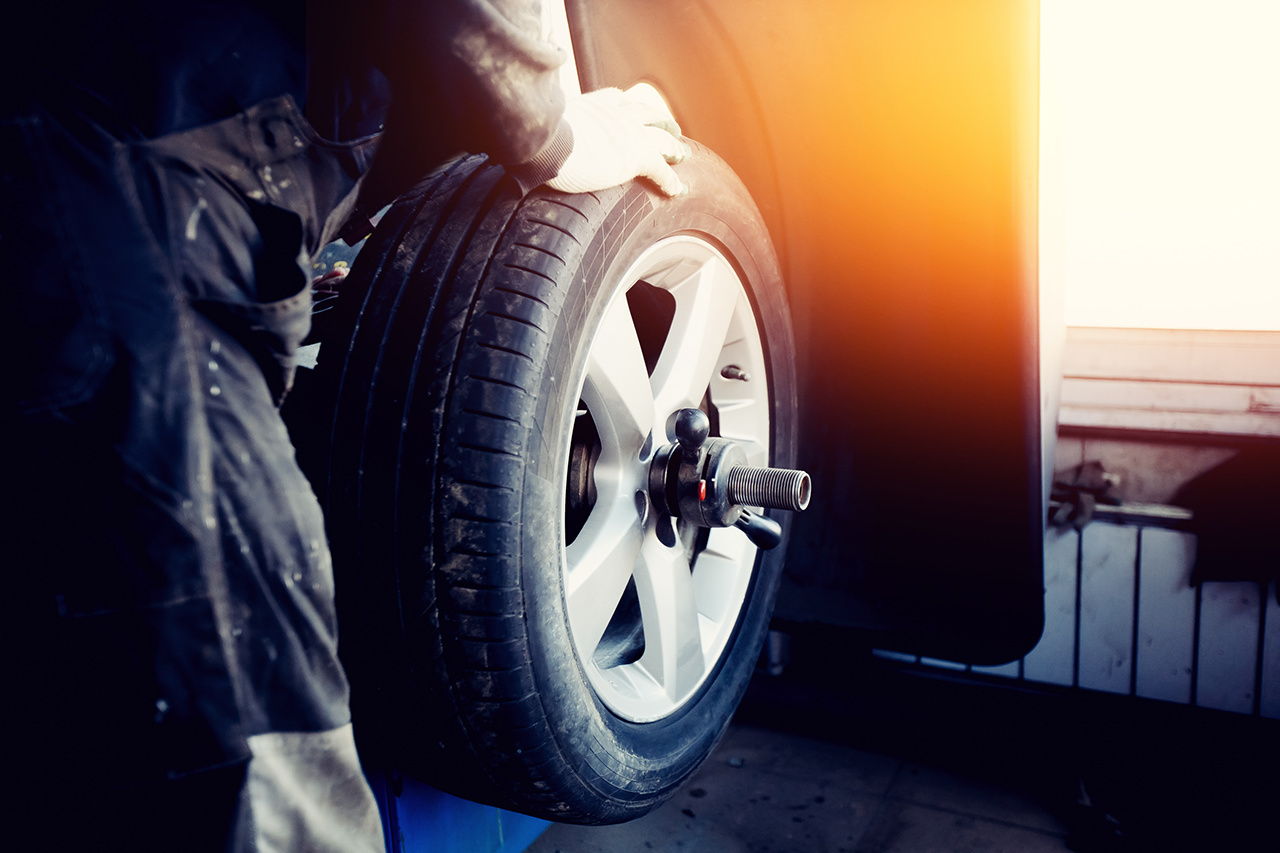 2024/10/17Proper tire balance will distribute weight equally around the entire circumference of the tire. Unbalanced wheels cause vibrations and premature wear.Balancing tiresRead more
2024/10/17Proper tire balance will distribute weight equally around the entire circumference of the tire. Unbalanced wheels cause vibrations and premature wear.Balancing tiresRead more
